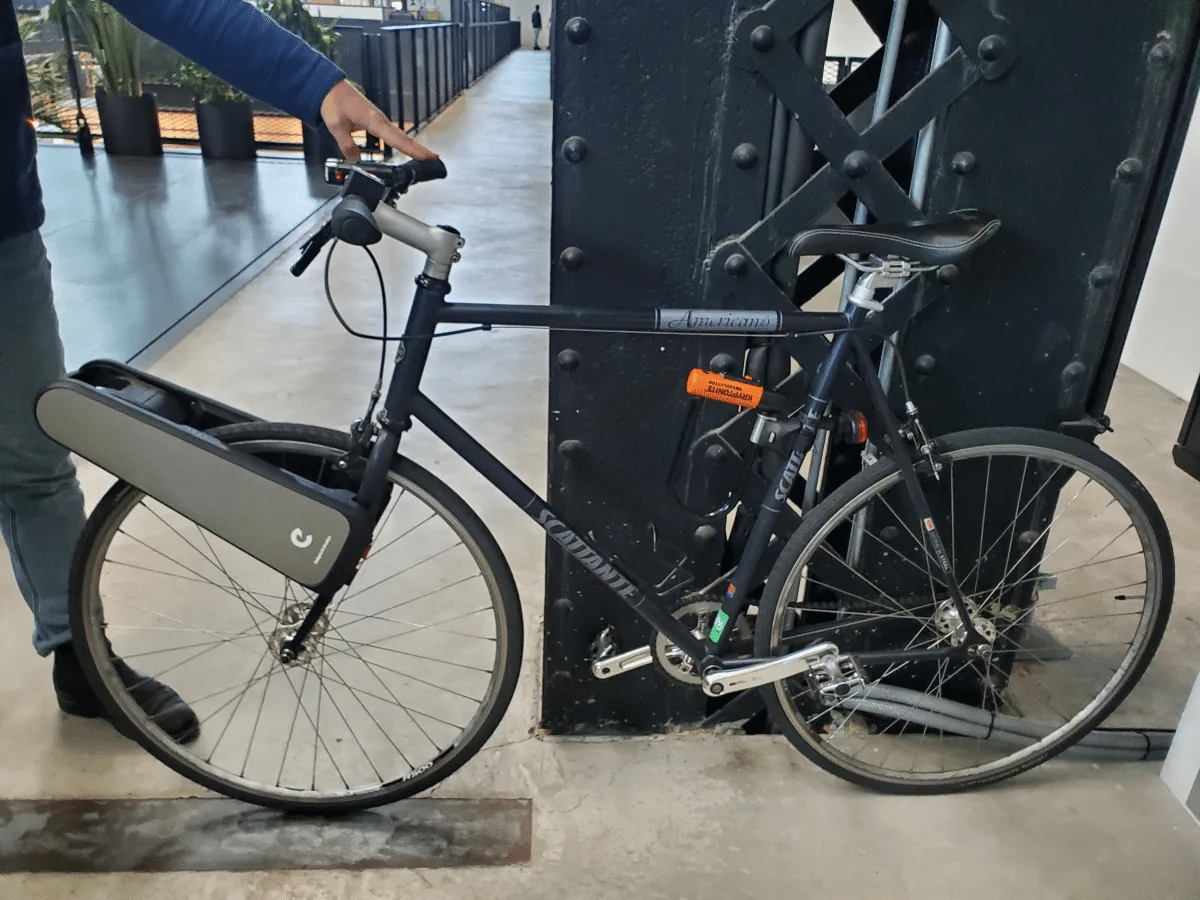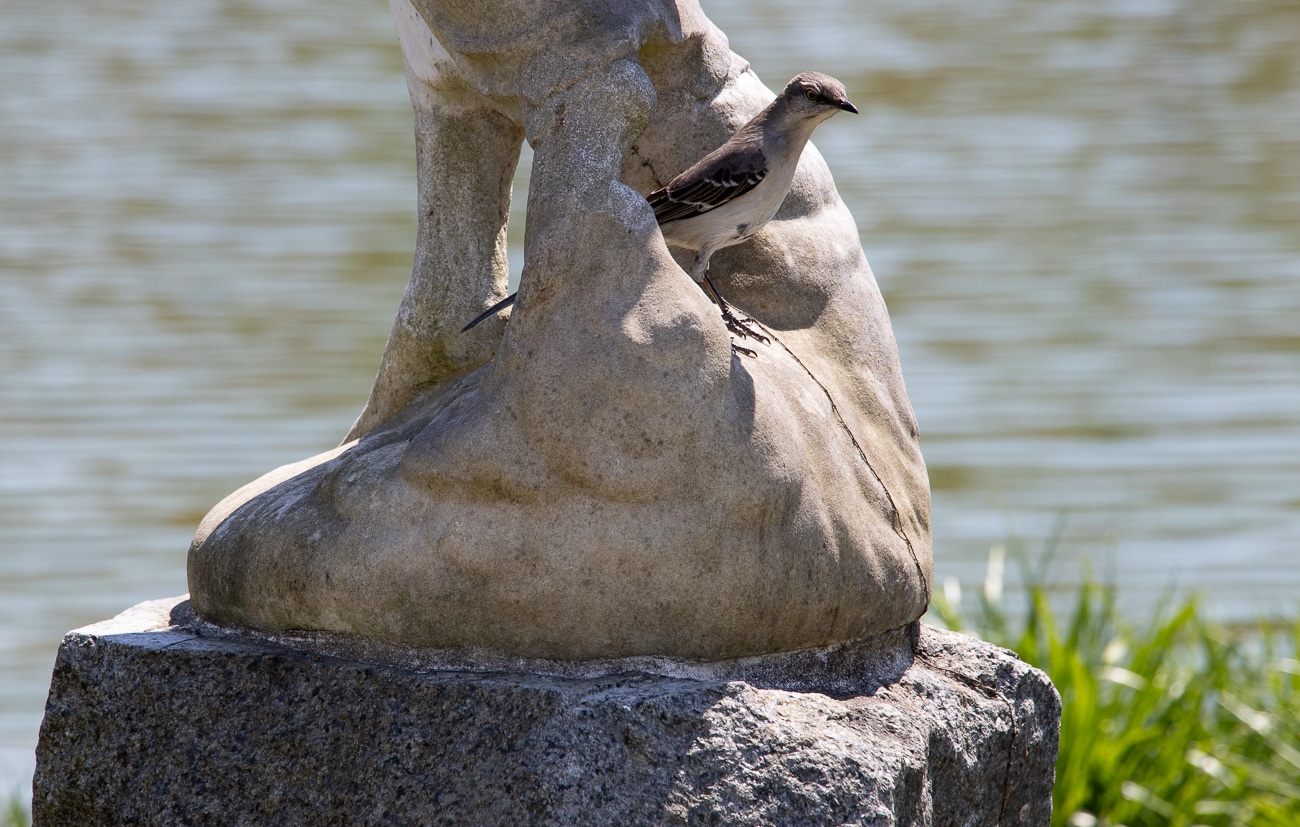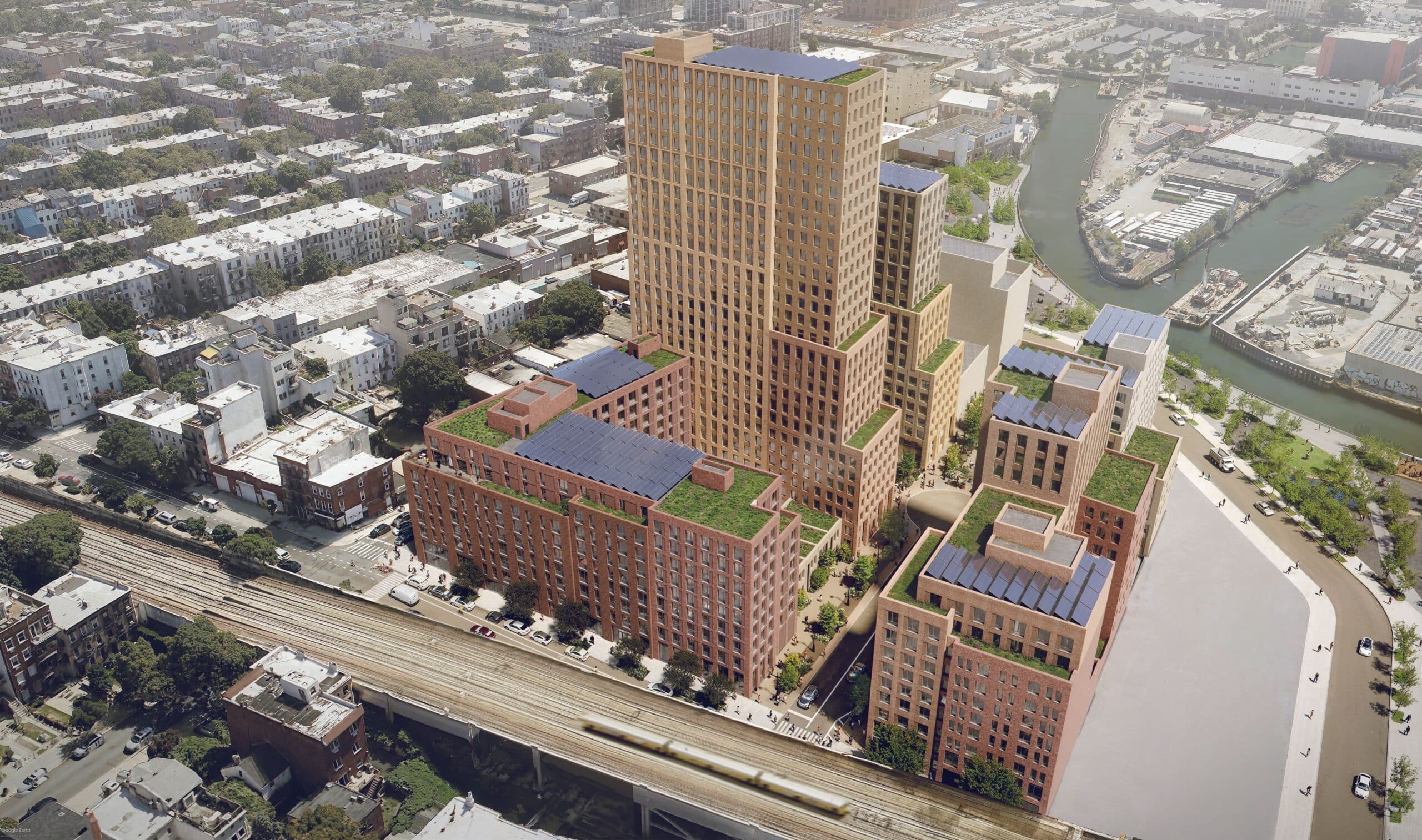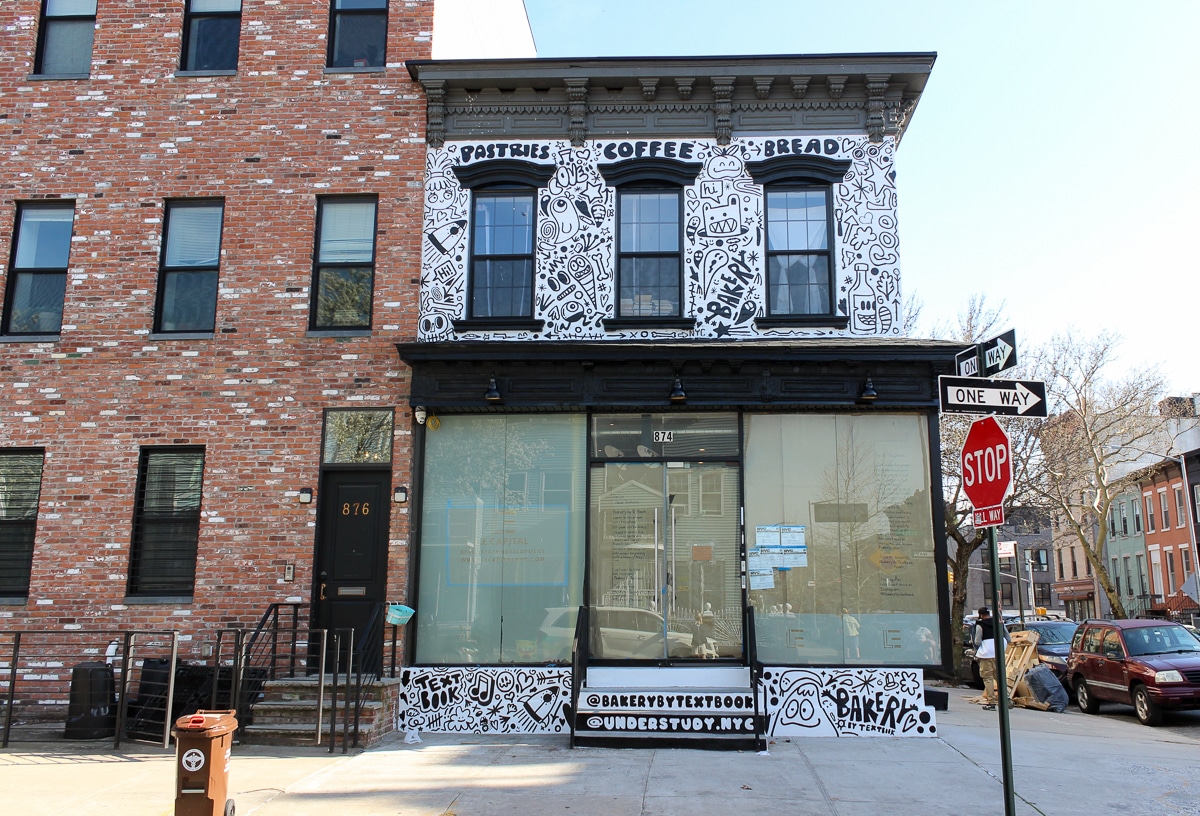Walkabout: Researching Historic Buildings, Part 3
Read Part 1 and Part 2 of this story. The past two Walkabouts have outlined some of the ways you can find information on Brooklyn’s historic buildings. There are sources on-line, as outlined in Part 1, and you can go to the Municipal Building at 210 Joralemon and try to trace your building’s history from…

Read Part 1 and Part 2 of this story.
The past two Walkabouts have outlined some of the ways you can find information on Brooklyn’s historic buildings. There are sources on-line, as outlined in Part 1, and you can go to the Municipal Building at 210 Joralemon and try to trace your building’s history from the records at the Department of Buildings and the Real Property Records Room, as covered in Part 2. If you are still willing to do more of a background search, there are more places and resources you can tap into. We are quite fortunate that New York City has several excellent societies which are the repositories of our history, and even more fortunate that Brooklyn, because it was an independent city, had kept meticulous records of its own. Listed are many of these excellent resources:
The Brooklyn Historical Society (Pictured above):
Located at 128 Pierrepont St, corner of Clinton, in Brooklyn Heights, this should be your first stop for in-depth investigation. The wealthy patrons of the Long Island Historical Society, the name it was given at its founding, built a gorgeous repository of Brooklyn history. The Othmer Library is an amazing space with lots of resources, and a helpful and friendly staff who can narrow it down for you, and get you what you need. Among their many goodies: an archive and manuscript collection, with collections of papers, letters, administrative letters, ledgers, and ephemera from Brooklyn citizens, religious institutions, businesses, etc, etc. Here’s what they have:
The Library Collection: These non-circulating books and other records focus on the history of Brooklyn, and include genealogies, biographies, church sermons, and war correspondence, as well as ethnic and neighborhood histories. Materials range from primary source materials such as directories, almanacs, phone books, municipal reports and maps to secondary resources such as dissertations and published books. Of special use to tracing the age of your house are the large atlas map books published in the mid to late 19th century by Sanborn, Bromley, Robinson, and other map companies. It’s fascinating to see your neighborhood grow and change, depending on where you live, from open field to developed blocks. Checking these books can narrow down a date for your building, and is quite valuable to your research.
Photography Collection: The Society has an enormous photography collection. Images are available on their database, which can be accessed in the library. You can search by neighborhood, address, or street for photographs of buildings. Their collection also contains images of life in Brooklyn, especially among historic and present day immigrants and ethnic groups. They also have photo essays by prominent photographers chronicling such events as the building of bridges and buildings, religious celebrations, and life in Brooklyn throughout the years. Reproductions of photographs can be acquired for a fee.
Also of general interest may be their museum collections, audio collection, and whatever exhibit is on display in their main hall. The Society’s hours, fees, directions and other information are available on their website: http://brooklynhistory.org/library/about.html. I urge anyone interested in Brooklyn’s history to become a member.
The Main Branch of the Brooklyn Public Library:
Many of the library’s excellent research capabilities can be accessed on line, but for in-depth research, it’s worth it to go in person to the Main library at Grand Army Plaza and visit the Brooklyn Collection Room. Their research staff is great, and very helpful, and they carry just about every book written about Brooklyn in their non-circulating collection, many out of print, or otherwise hard to get. The librarians can also get you clippings files on many, many subjects, as well as photographs not yet digitized on their website. Like the Historical Society, they also have maps, atlases, records, ephemera, photographs, prints, and other artifacts and information on all things pertaining to Brooklyn. The library digitized, and has on-line the Brooklyn Eagle from 1841 to 1902, but a visit to the library itself will allow you to peruse the entire run of the paper until 1955. Many of our historic houses, apartment buildings and other structures were built in the years between 1903 and 1935, so this is a valuable resource. If you love history in general, it’s also interesting to see Brooklyn change over the years, as neighborhoods are created, change, and evolve, as society itself changes. The Brooklyn Collection has limited days and hours, so check their website for times. http://brooklynpubliclibrary.org/brooklyncollection/.
You want to know even more? Try these resources as well:
New York Public Library: The main library at 42nd and 5th Ave is just an awesome place anyway, but they have information that may be helpful, as well. The US History, Local History and Genealogy Collection has books and other information on New York City. They also have an extensive photo collection, with a large Brooklyn selection. Much of it is also available on line, but there’s nothing like seeing it in person sometimes. They also have a Map Division Room, with the now familiar collection of over-sized atlases and city maps. Some of these are available on-line, through the photo collection site, but they are very small and hard to enlarge if you don’t know exactly what you are looking for, unless you have the patience of Job. I recommend seeing a full sized map, and then going on line later. See their website for hours and other information. http://www.nypl.org/. The Digital Collection of Photographs is here: http://digitalgallery.nypl.org/nypldigital/index.cfm.
New York Historical Society: The NYHS covers all of New York City and State, with extensive historical and cultural information on a wide range of subjects. You may not find anything about your specific building here, but you can certainly find out a lot about the social, political and other happenings that affected your neighborhood and NY City. A wonderful resource. They are located at Central Park West at 77th Street. https://www.nyhistory.org/web/
Museum of the City of New York: The place is fascinating, but their photo collection is superb. They recently put most of it on line here. They are worth the trip uptown for their excellent exhibits. You can’t have your face buried in books or computer screens all the time, you know. They are located at 1220 5th Avenue at 103rd St. Here’s their site: http://www.mcny.org/. They are in the midst of a major renovation, so a lot of their collections are not currently available. Check with them, for more details.
Avery Library at Columbia University: The Avery Library is Columbia University’s architectural library. It houses one of the finest collections in the world, and has a wealth of information on New York City’s architecture, its buildings and development, including Brooklyn. They got lots ‘o stuff, and are the mother lode. They have the full sets of the Builder’s Guide, as well as other architectural trade papers and magazines, many of which featured Brooklyn’s best on a regular basis. They have drawings, blueprints, photographs and correspondence. HOWEVER, (here’s the downer) they are also the library of a private educational institution, and if you are not a current student, faculty member, or alumni, you will have to jump through some hoops and pay some money. Please see University’s library website for more details. http://library.columbia.edu/services/lio/access.html.
Library of Congress: You can go there if you’d like, but they also have a lot of information on line, and an excellent photo library. There are some interesting government photos of buildings that are no longer with us. Check them out to see what we’ve lost over the years. http://www.loc.gov/pictures/
I know I left someone out, so please comment with other resources available.
Books:
Here is a list of some valuable books for research. Of course, this doesn’t include every book on Brooklyn, but these can be valuable in researching your home. Again, please fill in any blanks I’ve left out. These are all available at the Main Library, Brooklyn Collection and most are also at the Brooklyn Historical Society. Or you could invest in them for your personal library.
Bricks and Brownstone, by Charles Lockwood. The Brownstone Movement Bible.
New York 1880, 1900, 1930, 1960, a series of 4 books by Robert A. M. Stern et al. I highly recommend the 1880 book. It covers Brooklyn quite well. I can’t imagine the amount of time and research Stern and company put into these. Impressive.
The Encyclopedia of New York City, by Kenneth T. Jackson. All kinds of interesting stuff.
AIA Guide to NYC, by White, Willensky, and Leadon. They are on their 5th edition. White and Willensky are no longer with us, but this is still a great book. This 5th Edition has much more Brooklyn in it than the others do, although they were the first to even consider that we had architecture worth writing about.
An Architectural Guidebook to Brooklyn, by Francis Morrone. An excellent book, with lots of great incidental information. Francis is a master storyteller. He couldn’t cover all of Brooklyn in this one; I’d love to see a volume 2.
Forgotten New York, by Kevin Walsh. Kevin was one of the first to research the parts of NY that the mainstream media wasn’t interested in. He’s compiled a lot of information on Brooklyn, a lot of which makes the book, but his website is even better.
This is just the tip of the iceberg. For a future Walkabout, I’m going to compile a list of blogs and websites that have opened our minds up to the vast amount of history, architectural and otherwise, that goes into the making of Brooklyn. I’m very encouraged to see that there are lots of people who find our history worthy of telling, and our buildings worth writing about. In the meantime, good luck with your own research.









Wonderful resources, MM. And a clear indication of just how much work goes into every article you write. And yet, you make it look so easy! Thanks again/
I have always found “King’s Views of New York & Brooklyn” to be very helpful.
I bought a copy through used book dealers on Amazon. Ditto Clay Lancaster’s book on Old Brooklyn Heights. I understand Frances Morrone is working on several new books including one on Brooklyn Heights, which should be very helpful. There are also great vintage photo books of the various sections of Brooklyn. They help in creating a sort of second dimension in one’s head of what had been where when.